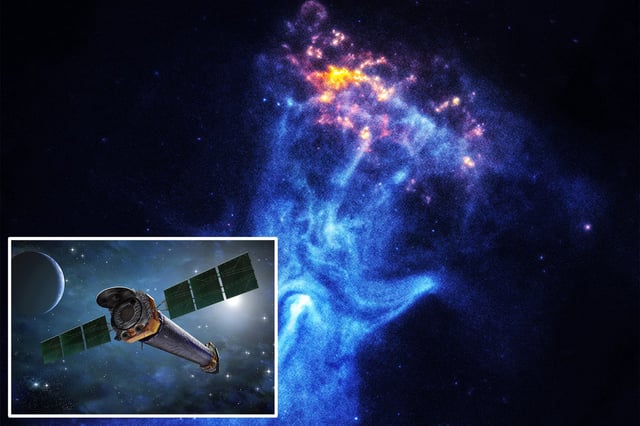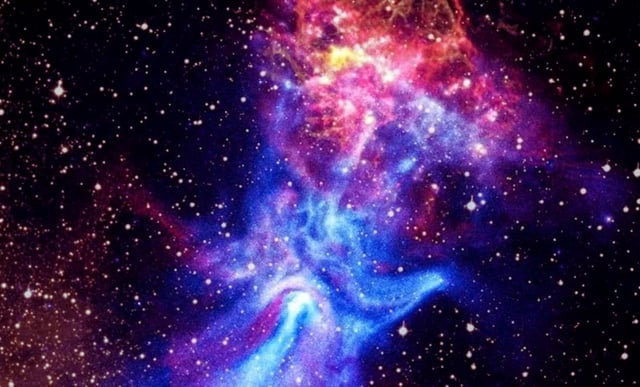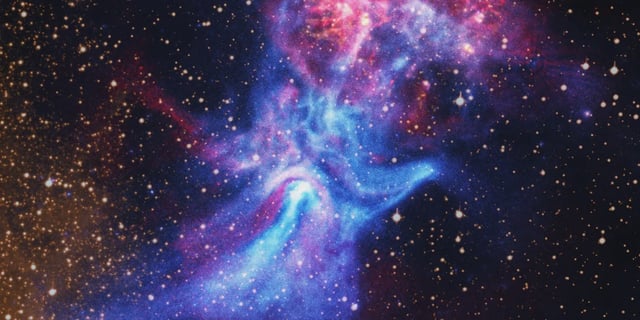Overview
- Astronomers combined Chandra X-ray data with Australia Telescope Compact Array radio maps to produce the most detailed view yet of MSH 15-52.
- Key structures do not align across wavelengths, with the jet and inner finger regions bright in X-rays but absent in radio, indicating higher-energy particles escaping a shock near the pulsar and streaming along magnetic field lines.
- New radio imaging reveals threadlike filaments that trace the nebula’s magnetic field, likely where the pulsar wind interacts with supernova debris.
- The linked supernova remnant RCW 89 shows radio emission extending beyond X-ray and optical knots, presenting an unresolved discrepancy that will require improved modeling and follow-up observations.
- The nebula spans about 150 light-years and is powered by pulsar B1509-58, a roughly 12-mile-wide neutron star rotating nearly seven times per second, with the study led by Shumeng Zhang and published in The Astrophysical Journal.


